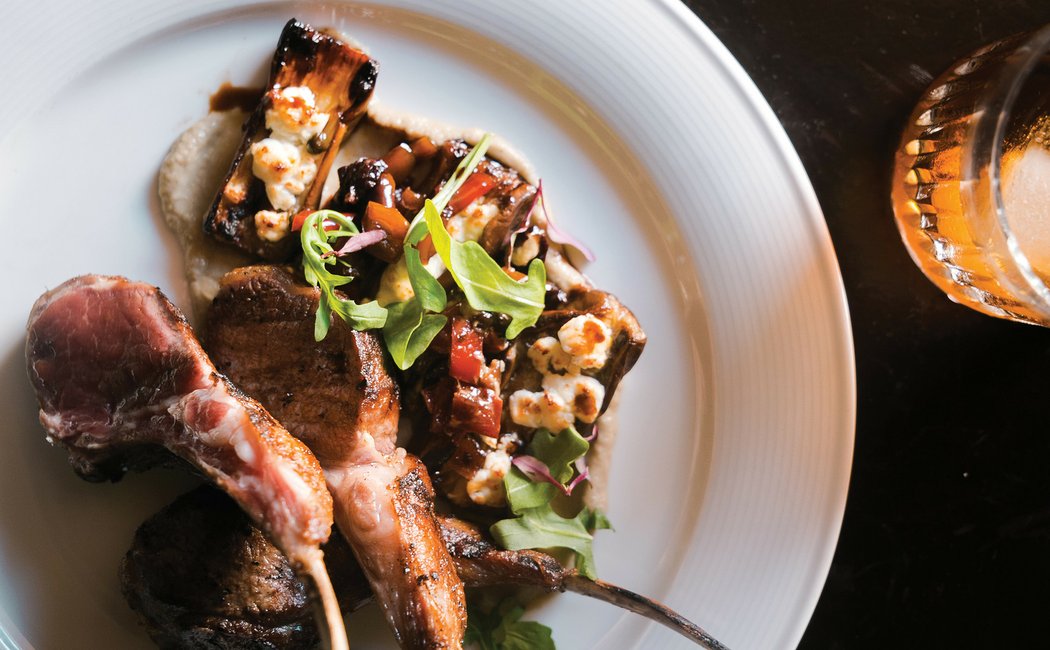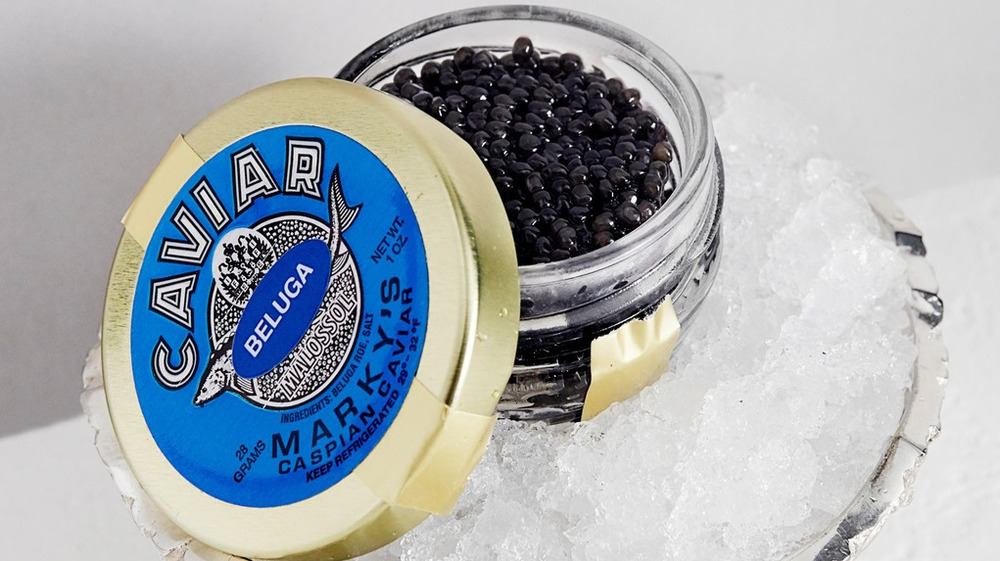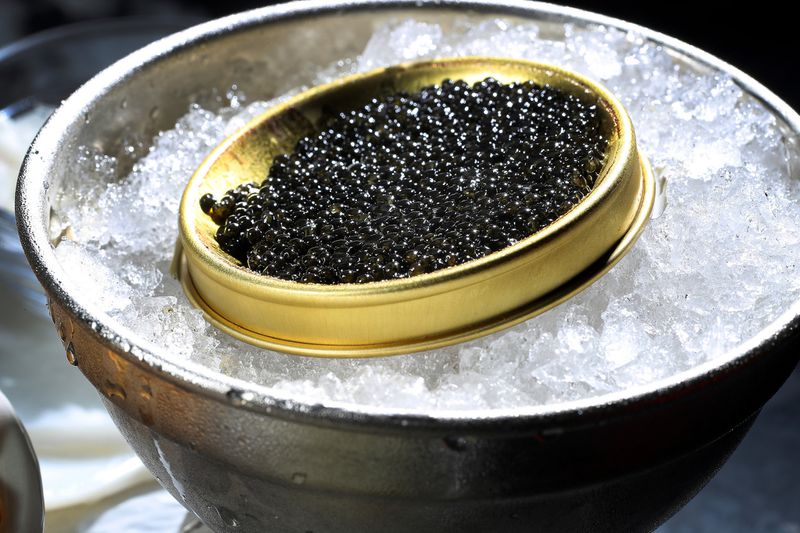Tea Culture
Traditions and Rituals of Tea From Around the World
East Frisia, Germany
Located in the coastal regions of Lower Saxony, Germany, East Frisia is one of the highest per capita consumers of tea in the world, enjoyed on average 2 - 4 times per day with drinking 3 cups on average at each serving. Tea is elevated to an art here. Tea enters East Frisia by East Frisian ships contracted by the Dutch East India Company in 1610. East Frisia at the time is part of another great empire, Prussia. The first hundred years of tea’s presence in Prussia (now mostly Germany) tea is used as an elixir or for medicinal purposes. Then it simply becomes ‘thee’ beverage of East Frisia.
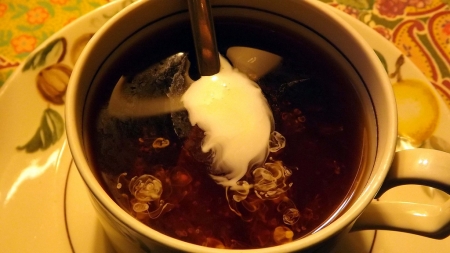
Image Source: http://www.germanpulse.com/2013/04/03/germanys-east-friesland-tea-ceremony/
Frisians blend their tea usually with Assam and Ceylon leaves. The brew is a strong and dark with an nice aroma. Loose tea is used, 1 teaspoon for each glass and one for the pot (just like the Brits do). Just boiled water is poured over the tea leaves, just to cover. The tea pot should be pre-warmed. Allow to steep for 3 minutes, then fill the rest of the pot with very hot water. Usually thin porcelain cups are used, pour the tea into cup with a strainer placed over the cup, but first place a few “Kluntjes” in the cup. Kluntjes are a type of rock candy sugar that pop and crackle when hot tea is poured over it. Then with a special spoon called a “Rohmlepel” is used to carefully add some cream to the side of the cup so that a white cloud in the middle of the black tea is formed. Here’s what really sets the East Frisian tradition apart, the mixture is not stirred but enjoyed as is. So the tea is experienced in waves of different taste sensations, first bitter, then milky and sweet at the end. It’s considered impolite to drink fewer than 3 cups at a sitting if a guest. When finished place your cup upside down or place your spoon in the cup. Tea pots are kept warm by “Stovchen”, “little stoves”, a ceramic or glass tea pot holder where a tea candle is placed to keep the pot warm.
Source: http://germanfood.about.com/od/drinks/tp/German-Tea.htm
Russia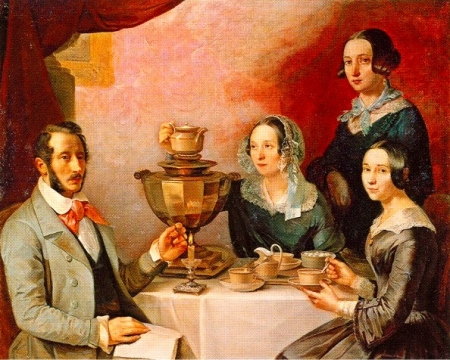
Image Source: http://en.wikipedia.org/wiki/File:Family_portrait_by_T.Myagkov.jpg
The most notable aspect of Russian tea drinking is the absence of any firm rituals. It is not linked to any particular time of day, as it is in England, or to any special sequence of preparations, as in China. Tea, in Russia, is not just for tea time. The warmth, comfort and hospitality that tea symbolizes, in Russian culture, is why it is offered at every meal and anytime during the day, especially when family and friends are gathered. In Russia tea is served after meals and during mid-afternoon breaks, a kind of English "five-o'clock-tea" with difference that this Russian "five-o'clock-tea" may occur in any part of day and in any place - in office, in a car, in a park. When friends visit, hosts invite them to have a cup of tea. This "cup of tea" is not just tea, but a lot of cookies, sandwiches, and other treats. Each feast always ends with tea-drinking along with candies and cakes.
Tea is prepared and served in Samovars, Russian teakettles, which have the shape of an urn. Often they are decorated with pictures from Russian folk stories. Some samovars are small and can hold only three liters of water, when the largest holds up to 30 liters. Usually, they are made from no oxidized metal. There is a special place for a small teapot to sit on the top of samovar. While the water is heating in the samovar, a significant amount of tealeaves are brewing inside the teapot on the top. This strong drink called "zavarka", which needs to be diluted with water from the samovar before you can drink it. Just mix a small amount of "zavarka" with hot water from the tap or sprout at the side of samovar. The tea brewed in samovar is ready to serve all day long. Usually, Russians drink tea from cups, but sometimes they use "podstakanniki" - special glass cups in a silver holder.
Source: http://en.wikipedia.org/wiki/Russian_tea_cultureJapan
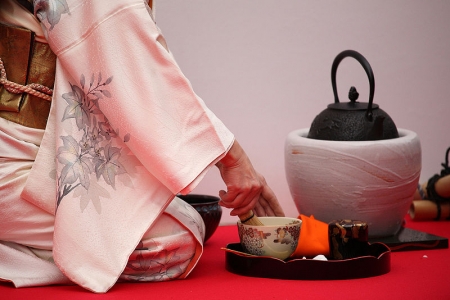
Image Source: http://en.wikipedia.org/wiki/File:Outdoor_Tea_Ceremony.jpg
In Japan the consumption of tea is not just about the act of drinking it, but it’s about aesthetics, preparing a bowl of tea from one’s heart. The Japanese have been conducting these tea ceremonies for more than 1000 years. The Japanese tea ceremony is called Chanoyu, Sado or simply Ocha in Japanese. It is a choreographic ritual of preparing and serving Japanese green tea, called Matcha, together with traditional Japanese sweets to balance with the bitter taste of the tea. Deeply rooted in the Chinese Zen philosophy, it is a way to commune with nature and friends, and to remove oneself from the mundane activities of everyday life. The ceremony can be performed in the home, a special tea room, in a tea house, even outdoors. The décor for the ceremony is simple and rustic and includes hanging scrolls (kakemono in Japanese) that are appropriate for the season.
It can take years of practice to master the art of Japanese tea ceremonies. In Japan, many choose to take classes or join clubs at dedicated tea schools, colleges, or universities. Students learn the common hosting duties such as how to properly enter and exit the tea room, when to bow, making the tea correctly, proper placement and cleaning of the utensils and equipment, as well as appropriate guest behavior like handling and drinking from the tea bowl. During the tea ceremony the host heats water in an iron kettle, then rinses and wipes the tea bowl and utensils. He places powdered green tea in a bowl with a bamboo dipper, then whips the tea with a whisk (also bamboo) until the surface is slightly frothy, then serves it to his guests. Another important element is a shared sense of communication between the host and the guests through the ceremony. The host prepares with deep sincerity everything from tea utensils, a hanging scroll, flowers, a vase and other amenities to go with the environment. From such activities, the guest feels the host's warm hospitality and is filled with gratitude.
Tibet
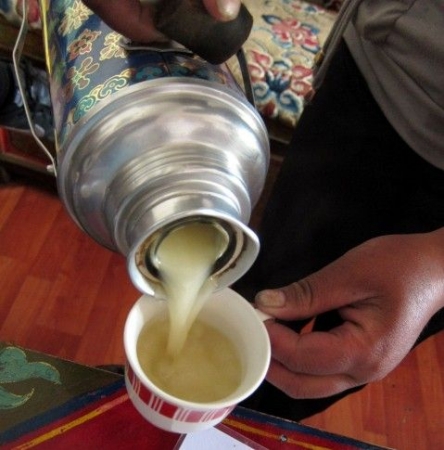
Image Source: http://ashthefoodie.files.wordpress.com/2012/01/butter-tea-tibetan.jpg
Butter tea is a staple of Tibetan life, made from tea leaves, yak butter (twice the fat content of cow’s milk) and salt. It is consumed in bowls, not cups. Before work, Tibetans will have several bowls to start the day. Buddhist monks have butter tea for breakfast before they begin their prayers. Since butter is the main ingredient it provides high caloric energy and is well suited for high altitudes. When drinking butter tea as a guest in Tibet, the host will refill the bowl after each sip so that the guess will never drain the bowl. If a guess no longer wants tea they leave the bowl untouched, draining it only when they leave. Tea may have made it to Tibet by the 10th century but it’s not until the 13th century that it becomes the universal drink of Tibetans.
According to Wikipedia (http://en.wikipedia.org/wiki/Butter_tea) this is how Tibetan butter tea is prepared:
The highest quality tea is made by boiling the tea leaves in water for half a day, achieving a dark brown color. It is then skimmed, and poured into a cylinder with fresh yak butter and salt which is then shaken. The result is a purplish liquid that is about the thickness of a stew or thick oil. It is then poured into clay tea-pots, or jars, that resemble Japanese teapots.
Another method is to boil water, and add handfuls of the tea into the water, which is allowed to steep until it turns almost black. Salt is then added, along with a little soda if wanted. The tea is then strained through a horse-hair or reed colander into a wooden butter churn, and a large lump of butter is added. This is then churned until the tea reaches the proper consistency and transferred to copper pots that sit on a brazier to keep them warm. When a churn is not available, a wooden bowl and rapid stirring will suffice.
India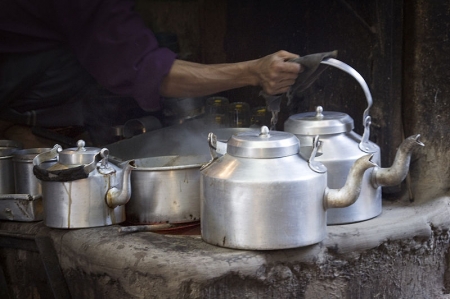
Image Source: http://en.wikipedia.org/wiki/File:India_-_Varanasi_chai_tea_-_1420.jpg
Tea consumption has a long history in India, especially for traditional systems of medicine. India is one the largest producers and consumers of tea in the world. Almost all matters of tea in India be it production, certification or exportation is controlled by the Tea Board of India.
According to Wikipedia this is how tea in India is consumed and prepared:
“....Tea is most commonly and easily found at the ubiquitous tea stalls that dot just about every street in India. The tea stall has become a part of the urban landscape and a cultural institution....”
Unlike the British cup of tea, tea in India is not served in a set where the leaves are steeped separately. Typically, tea in India is consumed with both milk and sugar but the tea leaves are not prepared separately by being steeped. Instead, the tea leaves are boiled along with additions and then boiled again after the addition of milk and sugar. Sometimes the tea leaves themselves are used as flavoring. In many parts of the country, the most special tea is one where the tea leaves are boiled solely in milk.
There are many other popular variations depending on regional and cultural affiliations. By and large, tea drinkers in India drink milk tea. There are many other popular variations depending on regional and cultural affiliations. The now well known Masala Chai, Kadak Chai (typically a feature of the mountain community of North India, this is a very strongly brewed tea, almost to the point of bitterness), Malai Mar Ke Chai (where a generous dollop of full fat cream is spooned into the cup of tea) are some of the more popular variations.
England
In England, tea is not only the name of the beverage, but of a late afternoon light meal at four o'clock, regardless of the beverage consumed. Anna Russell, Duchess of Bedford is credited with the creation of the meal circa 1800. She thought of the idea to ward off hunger between luncheon and dinner, which was served later and later. She later began inviting friends to join her in her bedroom for afternoon refreshments and this spread to the upper classes. The upper class became enamored with and began indulging in “afternoon tea”. It became a very elegant affair, with delicate finger sandwiches, breads, scones and small cakes served along tea in fancy pots. The “lower classes” had “high tea”, which traditionally was a working class meal served on a high table at the end of the workday, shortly after five PM. It was a heavy meal of meat dishes (such as steak and kidney pie), fish dishes (such as pickled salmon), baked goods (such as crumpets or, in Ireland, barm brack), vegetables (such as potatoes or onion cakes), and other heavy foods (such as baked beans and cheesy casseroles). It was not an elite social gathering like “afternoon tea.” People often confuse the two and refer to “high tea” when they actually mean “afternoon tea”. Today “afternoon tea” is usually a treat served at hotels and tea shops and not an everyday event. Despite “afternoon tea’ has fallen out of favor, the British continue to make tea an integral part of their society and enjoy cups of tea throughout the day and often still enjoy taking a break midday for a cup of tea. (Source: http://en.wikipedia.org/wiki/Tea_(meal))
Turkey
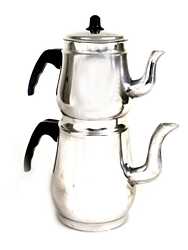
Image Source: http://en.wikipedia.org/wiki/File:Caydanlik.jpg
Turkish tea or Çay is produced on the eastern Black Sea coast, which has a mild climate with high precipitation and fertile soil. Turkish tea is typically prepared using two stacked kettles especially designed for tea preparation. Water is brought to a boil in the larger lower kettle and then some of the water is used to fill the smaller kettle on top and steep several spoons of loose tea leaves, producing a very strong tea. When served, the remaining water is used to dilute the tea on an individual basis, giving each consumer the choice between strong ("koyu"/dark) or weak ("açık"/light). Tea is drunk from small glasses to enjoy it hot in addition to show its color, with lumps of beetroot sugar. To a lesser extent than in other Muslim countries, tea replaces both alcohol and coffee as the social beverage. Within Turkey the tea is usually known as Rize tea.
Turkey has the highest per capita consumption in the world at 2.7 kg (in 2010), followed by Ireland (2.7 kg) and the UK (2.1 kg). All these figures represent consumption of packaged and branded tea sales. (Source: http://en.wikipedia.org/wiki/Turkish_tea)




